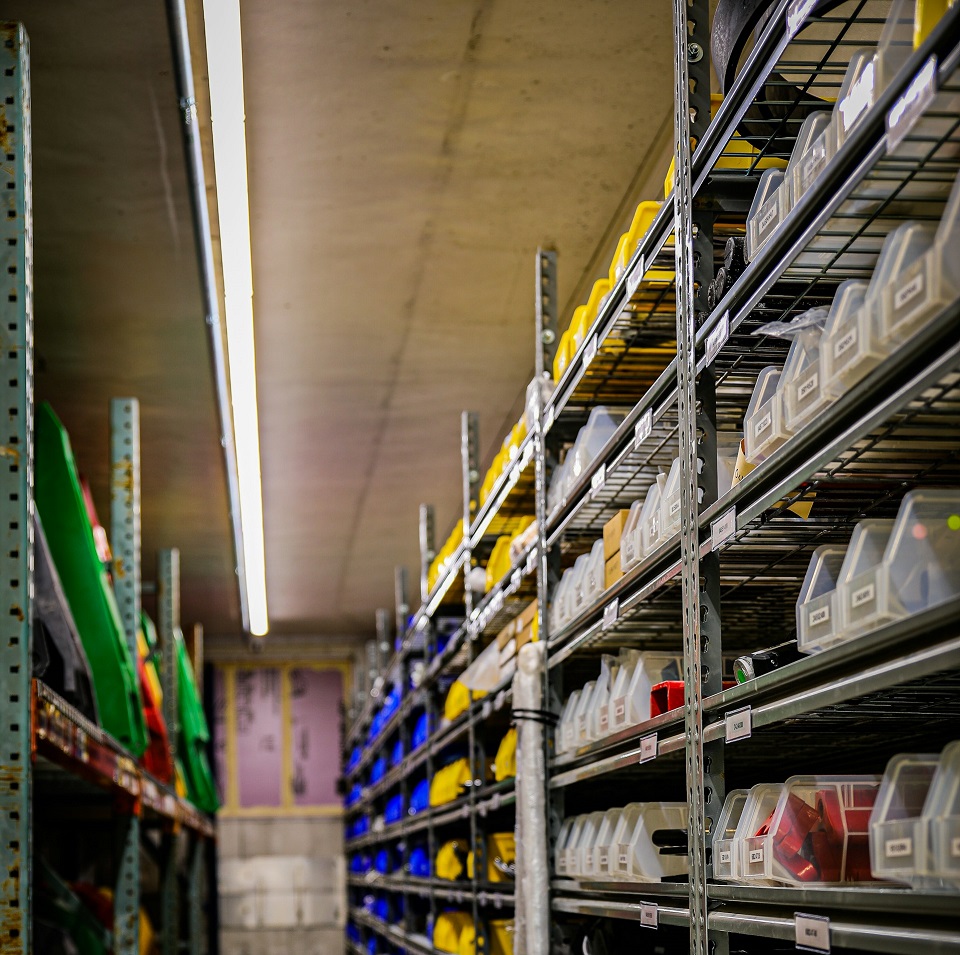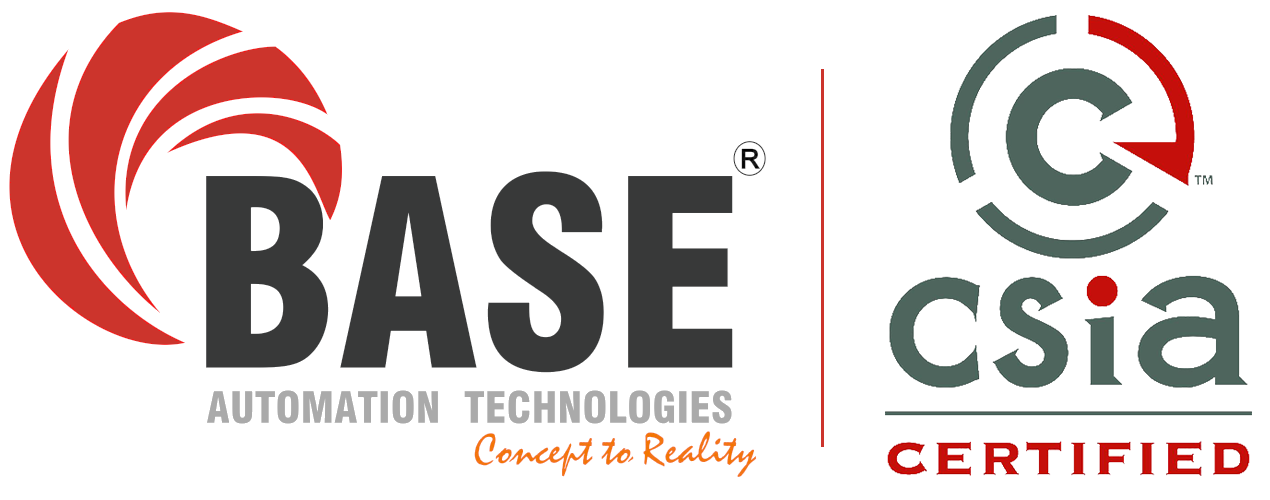Centralized Maintenance Management System (CMMS)

CMMS helps maintenance teams carry out jobs more efficiently and helps organizations keep track of the regular maintenance of their equipment and assets. CMMS can easily keep a centralized record of all assets and equipment that maintenance teams are responsible for, as well as schedule and track maintenance activities and keep a detailed record of the work they’ve performed.
Maintenance Procedures
- Create / modify maintenance procedures to be followed for each machine or asset in case of preventive maintenance or breakdown maintenance.
- Create a troubleshooting guide for operators to diagnose and identify mechanical, electrical or electronic issues.
Work Order Tracking
- Equip operators with the ability to issue “work requests” when they feel that something is wrong with the machine.
- Upon receiving a work request, a maintenance work order is automatically created and sent to the maintenance technician of that machine.
- Step-by-step instructions can be given on his PDA / tablet.
- The technician can make a request for spare parts and after appropriate approvals, the parts are issues to him.
- The time taken is tracked and used in the measurement of the technician’s KPI (through the Workforce Management module).
- In case it takes longer time than expected, alarms and alerts are given to defined stakeholders based on the issue escalation matrix.
- Once the machine is fixed, the work order is automatically closed along with details of spare parts used.
Preventive Maintenance
- Schedule preventive maintenance tasks well in advance.
- Trigger preventive maintenance on periodic basis.
- Proactively plan shutdown days to improve production planning.
- Automatic spare issue requests for preventive maintenance.
Manage Spares Inventory
- Track spares used for each maintenance activity.
- Track the MRO cost for each machine / asset.
- Automatically update the cost centers in the ERP.
Record Asset History
- Track the maintenance history of assets.
- Enables technicians to see how a problem was solved the last time.
- Automatically add current issues and solutions to the asset history.
- Builds a comprehensive troubleshooting guide.
Condition-based Monitoring
- Track key parameters of each machine / asset.
- When they fall below the tolerance level, automatically trigger a preventive maintenance work order.
- Provides visibility on asset health.
Analytics
- Machine Breakdown Monitoring and Analysis.
- MTTF, MTTR and MTBF Analysis.
Asset Management
Effective Asset Management minimizes life cycle asset costs while maximizing profitability and performance continuity. The Asset Management module provides a centralized tool for securing, managing and versioning of assets across your entire facility with limited oversight.

Asset Register
- Register all assets in a plant from RM Inward to FG dispatch with their hierarchy, including non-production assets such as factory automation systems and utilities.
- Register the spare parts that each asset would require.
- Track performance of asset through its entire life cycle from commissioning to decommissioning.
- Set periodic clean up, calibration resets and preventive maintenance cycles.
- Track history of parts used, tools used and operators who worked through the life cycle of the asset.
- Store the manuals given by the OEM for every asset.
Change Management and Version Control
- Store and secure backup of the programmed logic running in the asset’s controller.
- Track changes made in the program along with the engineer ID.
- Maintain versioning of programs for easy access to past programs.
- Alarms and alerts in case unauthorized personnel changes the program of the machine.
- Complete change history and audit trail reports.
- Quickly replace corrupted programs.
- Speed up disaster recovery.
Tool Management System

Overall production efficiency is not only dependent on the capacity and capability of the assets, but also on the tools used by the assets and the operators. A tool management system is almost a prerequisite for effective production operations for every manufacturer. Developed to monitor and to smooth out the flow of tools on the shop floor and in the tool-room, our tool management system is capable of managing the tooling inventory, standardizing the setup of tooling, selecting the optimal conditions for each tool of each operation as well as planning the tools for scheduled production operations.
Features
1. Master Tool List
- * Create a master list of tools and their parameters such as tool ID, dimensions, material, supplier and minimum inventory quantity.
- * Maintain list of assets with the tools required for each asset.
2. Track Tool Life
- * Set number of cycles a tool can perform (preventive maintenance) and provide alerts when nearing the limit.
- * Can forcibly stop machines from running if tool exceeds specified cycle limit.
- * Track tool rework and total tool life using a closed-loop tool failure response system and failure analysis.
3. Tool Inventory – Using barcode / RFID, track tool location in the value chain. Track history of the tool such as assets which used it and repair / reworks performed on it.
4. Tool Planning
- * Monitor tool breakage, tool issue and tool replacements.
- * Proactively plan tool rework and replacement for an asset’s tools.
- * Assign specific tools to assets based on production orders.
- * Proactively plan tool procurement based on current inventory and production requirements.
5. Cavity / Die Management – Keep track of the specific blocked cavities.
6. Tool Poka-Yoke (Error Prevention) – Ensure that the right tools are used as specified by the Production Orders. Stop the machine from running if wrong tools are loaded.
7. Maintain Tool History – Track the life cycle of the tool from purchase to scrap, including usage, shelf life, modifications, rework and repair instances.
